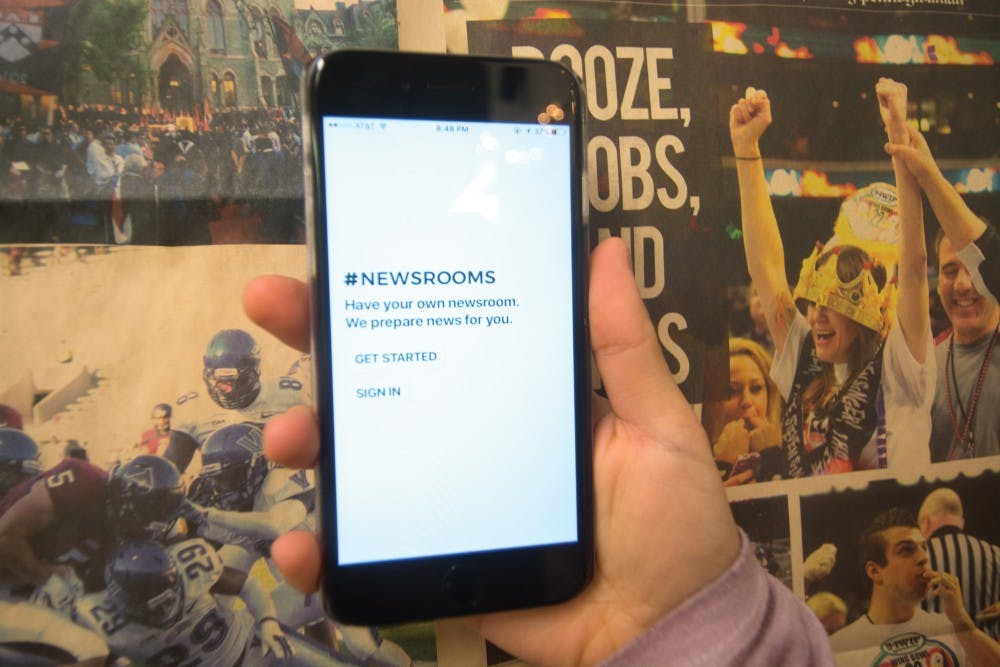
Following the 2016 presidential election, some Americans worried their news came from within a partisan “bubble.” The founders of the app #Newsrooms may have a solution.
2016 College graduate and first-year Annenberg graduate student Donna Lee and Yonsei University student Todd Seungyoon Oh recently released #Newsrooms, a news aggregator app aimed at exposing users to a greater diversity of sources. Unlike other news aggregators, #Newsrooms uses an algorithm that identifies relevant articles from more than 20 sources rather than generating results based on a user’s previous searches.
Lee and Oh began creating the app during the 2016 presidential campaign because they felt the ways in which people got their news had an unprecedented impact on the election result.
“The so-called fake news in the frames of those news articles from major journalism was part of the reason people could actually go and vote for Trump,” Oh said.
Lee and Oh, who are both from South Korea, also saw flaws in news coverage of recently-impeached South Korean President Park Geun-hye. During this scandal, they thought the public did not receive information from a diverse enough range of sources.
“We saw that only one major journalism [outlet] was reporting on it, and all of their sources were trying to deny or hide it because of the pressure of this past government,” Oh said.
These two political events not only inspired the creation of the app itself, but also some of its core features. For example, the app offers a comparison feature that allows users to compare the angles of different news outlets on a given topic in attempts to account for bias. The app only draws from sources the founders have identified as reputable in order to counteract “fake news.”
The app also allows users to select topics of interest and receive notifications with new developments on those issues. The app provides “Daily Briefings” to update users on topics of their choice, “Desk Focus” to suggest other important topics and a “Trending” feature that displays trending articles.
Lee said the app is different from other news aggregation services because it does not favor certain news outlets based on a user’s past history of favoring certain outlets.
“Google News gives you the results of the article based on your previous searches and preferences so it basically creates its own systematic bias in a way,” Lee said. “But for our case we don’t have any human intervention in terms of selecting news articles and providing it to our users.”
While Lee and Oh released #Newsrooms recently, they are considering expanding the app to a greater number of languages and adding features to show how the framing of an issue changes over time. The founders said they hope the app makes it easier for users to stay informed and encourages them to take action on issues they care about.
The Daily Pennsylvanian is an independent, student-run newspaper. Please consider making a donation to support the coverage that shapes the University. Your generosity ensures a future of strong journalism at Penn.
Donate



